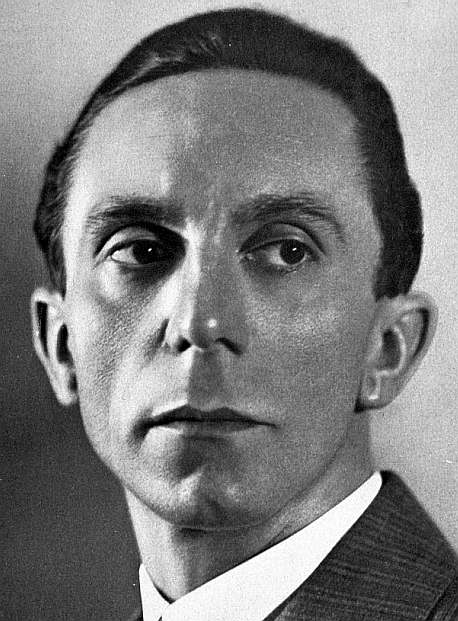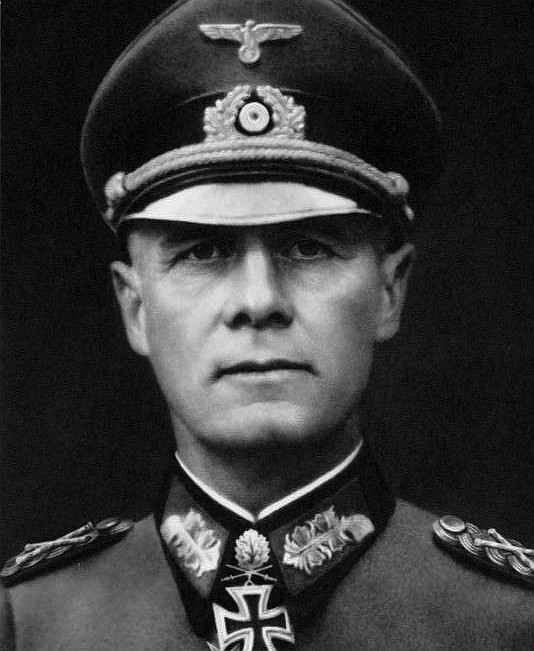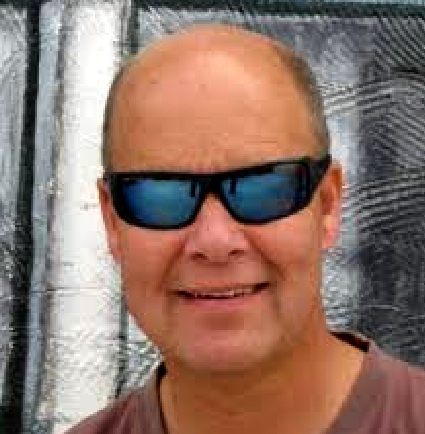|
GAS CHAMBERS
HOME | CASE STUDIES | HISTORY | HUMAN RIGHTS | LAW | POLICE | POLITICS | RIGHTS | SHIT CREEK | SITE INDEX |
|||||||||||||
|
A letter from Adolf Hitler to Phillip Bouhler and Dr Brandt authorising the programme that would lead to the death camps.
Nazi Germany made extensive use of various types of gas chamber for mass killing.
By the time the Germans invaded Poland in September 1939, unleashing World War II, there were six concentration camps in the so-called Greater German Reich:
1. Dachau (founded 1933)
2. Sachsenhausen (1936)
3. Buchenwald (1937)
4. Flossenbürg in northeastern Bavaria near the 1937 Czech border (1938)
5. Mauthausen, near Linz, Austria (1938) and
6. Ravensbrück, the women's camp, established in Brandenburg Province, southeast of Berlin (1939), after the dissolution of Lichtenburg.
The first Nazi gas chambers for human beings were introduced as part of the Nazi euthanasia programme, called "Aktion T4", the operation for eliminating physically and mentally handicapped people in Germany and Poland. At that time, the preferred gas was carbon monoxide. In Germany this was provided via gas cylinders, in Poland mainly by the exhaust fumes of motors.
The peak of gas chamber killings was reached at Treblinka, where 10 gas chambers were in simultaneous use. Here 2,500 people could be gassed within one hour. The victims were forced to enter the gas chambers naked and with raised arms so that the room could contain a maximum number of bodies. Babies were thrown on top of the crowd.
Where the Nazis were aiming for maximum efficiency, we are surprised that the bodies of their victims were not recycled as food or fertilizer. The depths that our species is capable of reaching in extremis is mind boggling.
WHO WE WERE FIGHTING AGAINST FROM 1939 TO 1945
Adolf Hitler and chum Heinrich Himmler [Allegedly, Adolf Hitler did not die in that bunker incident C.1949. Apparently, he was fired into England, strapped to a V1 rocket, leaving behind his false teeth. He parachuted into Wealden that night hoping to meet some deviants, who'd arranged a new identity for their fallen comrade. Apparently, he landed in Crowborough, shaved off his moustache and was mistaken for a council official, whereupon he infiltrated the ranks of the local council and trained them how to use his terror tactics to control the peasant civilians]
Victorio Scarpa, David Whibley, Julian Black, Daniel Goodwin, Christine Arnold, Patrick Coffey, Timothy Dowsett
Christine Nuttall, David Phillips, Douglas Moss, Ian Kay, Charles Lant, Beverley Boakes, Kelvin Williams Christine Nuttall, David Phillips, Douglas Moss, Ian Kay, Charles Lant
Abbott Trevor - Alcock Charmain - Ditto - Arnold Chris (Christine) - Barakchizadeh Lesley - Paul Barker - Bending Christopher Black Julian - Boakes Beverley - Bradshaw Clifford - Brigginshaw Marina - Brown Ashley - Coffey Patrick - Douglas Sheelagh Dowsett Timothy - Flemming Mike - Forder Ralph - Garrett Martyn - Goodwin Daniel - Henham J - Holness Derek Hoy Thomas - Johnson Geoff - Kavanagh Geoff - Kay Ian - Kay I. M. - Barbara Kingsford - Lant Charles - Mercer Richard Mileman Niall - Moon Craig - Moss Douglas, J. - Nuttall Christine - Pettigrew Rex - Phillips David - Scarpa Victorio - Scott Trevor Kevin Stewart - Wakeford M. - Whibley David - White, George - Williams Kelvin - Wilson Kenneth - White Steve
LINKS & REFERENCE
|
|||||||||||||
|
This site is free of © Copyright except where specifically stated 1997 - 2021. Any person may download, use and quote any reference or any link, and is guaranteed such right to freedom of information and speech under the Human Rights and Freedom of Information Acts. However, be aware that we cannot be held liable for the accuracy of the information provided. All users should therefore research matters for themselves and seek their own legal advice and this information is provided simply by way of a guide. Horse Sanctuary Trust UK All trademarks herby acknowledged.
This site contains copyrighted material the use of which has not always been specifically authorized by the copyright owner. We are making such material available in our efforts to advance understanding of environmental, political, human rights, economic, scientific, and social justice issues, etc. We believe this constitutes a 'fair use' of any such copyrighted material as provided for in section 107 of the US Copyright Law. In accordance with Title 17 U.S.C. Section 107, the material on this site is distributed without profit to those who have expressed a prior interest in receiving the included information for research and educational purposes. FAIR USE NOTICE
|


























